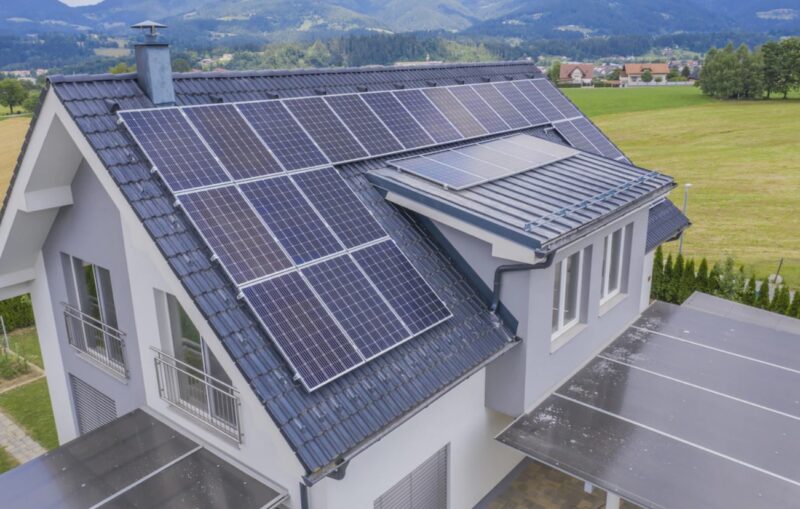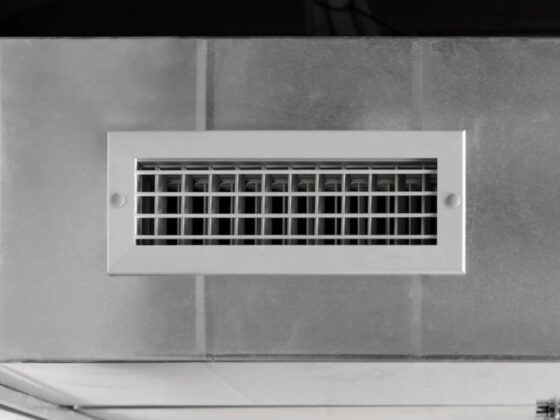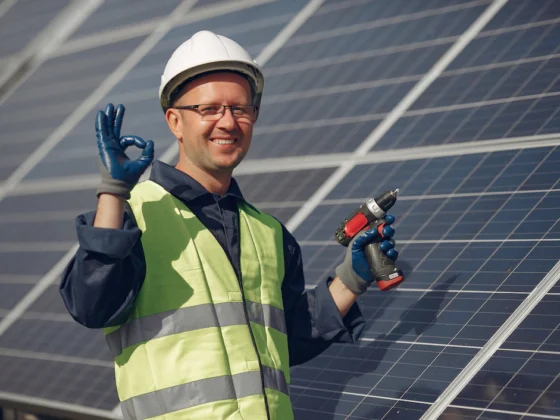Are solar panels worth the investment? How much should I expect to pay for them?
Solar power has become extremely popular recently due to its sustainability and environmental benefits. A big percentage of the energy of the world comes from limitless sources as wind, sun, and water. This kind of energy has no harmful emissions or other pollutants and can save thousands each year.
In addition to being environmentally friendly, solar power also helps consumers lower their electric bills. As long as you live in a sunny area, you can reap the rewards of having a clean energy source.
Are you ready to go green? Have you ever thought about going solar? If you haven’t heard of solar power before, then you probably aren’t alone. Most people don’t even realize their home or apartment building has a roof full of solar panels. In fact, according to the U.S. Energy Information Administration (EIA), only 0.1% of households have gone completely off-grid since 2010. This number keeps growing, however, as new technologies continue to improve efficiency and reduce costs. If you want to get started on a greener path, consider these five things you should know now.
Solar energy is becoming more affordable every day, despite its initial high cost. The price per watt continues to decline, thanks to increased production at lower prices. Thanks to technological advances, it’s never been easier to install solar panels. Still, not everyone wants to jump into rooftop solar, because they’re worried about the initial investment. Luckily, there are several ways to cut down on the upfront cost involved.
According to the EIA, the average household spends about $5,200 annually on electricity bills. By installing solar panels, you’ll spend less on your monthly electric bill. And you won’t have to worry about future utility rate hikes either. Plus, having solar panels will save you around 20% of your energy usage. However, be sure to check your state’s policies and laws before purchasing a system. Some states require homeowners to obtain permits and pay taxes on solar installations, whereas other states do not.
How many collectors do you need for your house?
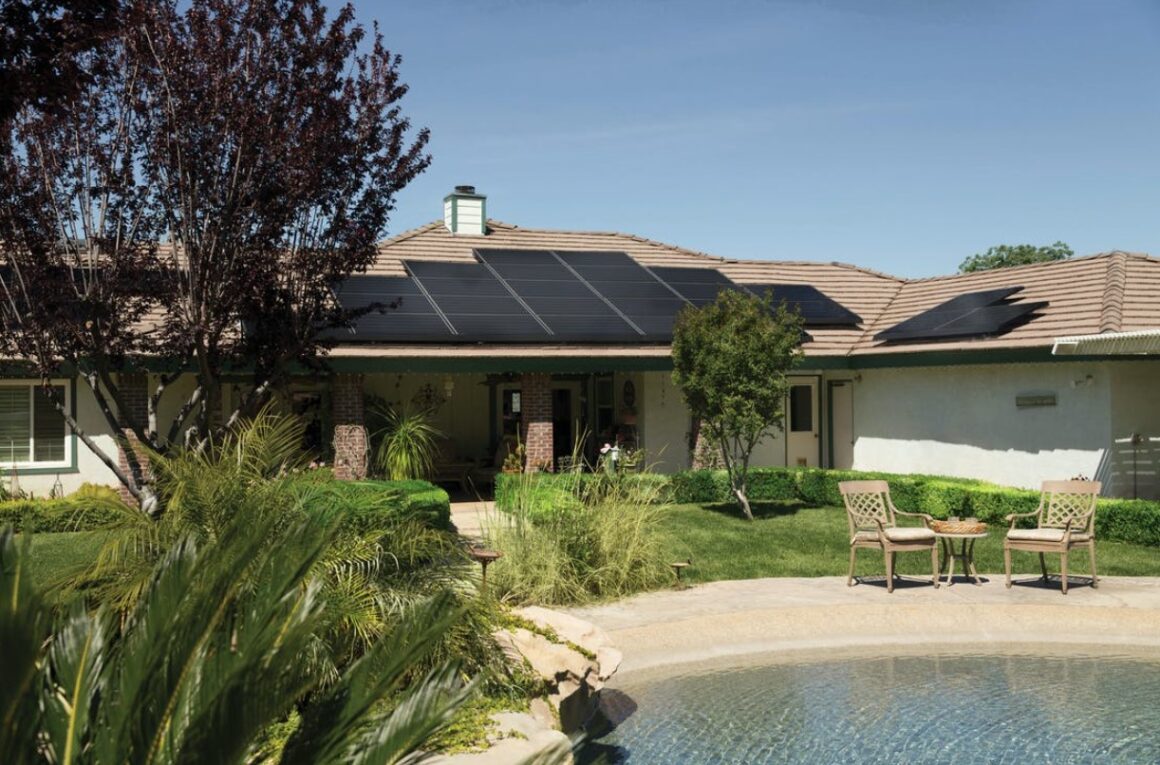
The answer is very dependent on how big your house is. If it’s small, then you will probably only need two panels. These would sit about six feet above the ground on either side of your roof.
However, if your home is larger, then you may require three cells; these could go anywhere on your roof. You want to make sure they get enough sunlight to work properly. Ideally, you should aim for at least five hours of direct sunlight each day.
To determine whether or not you need more than two panels, calculate how much electricity you use per month. Subtract this amount from your total monthly usage, add 1/2 of that number, and multiply that by 12 (the number of months in a year). Multiply that result by 0.06 (a typical average electricity rate) to find out what size panel you’ll need. If you are ready for this kind of investment, here you can find all the necessary information and steps on how to do it.
What kind of photovoltaic cells are best for you?

You can get started with just a couple of panels. However, larger homes require bigger arrays of solar panels, especially during peak sun times when you need maximum sunlight exposure. If you need solar panels installed in London contact Warma UK who are the leading solar panel installers in London. It is recommended that you place your panels facing south/southeast to maximize exposure throughout the year. If your property faces north, you’ll miss out on direct sunlight during winter months.
Panels placed near windows are exposed to both direct sunlight and indirect sunlight, which helps reduce overheating issues. Of course, if you don’t own a southern-facing roof, you can always purchase additional panels later.
Does my roof allow me to put solar modules?
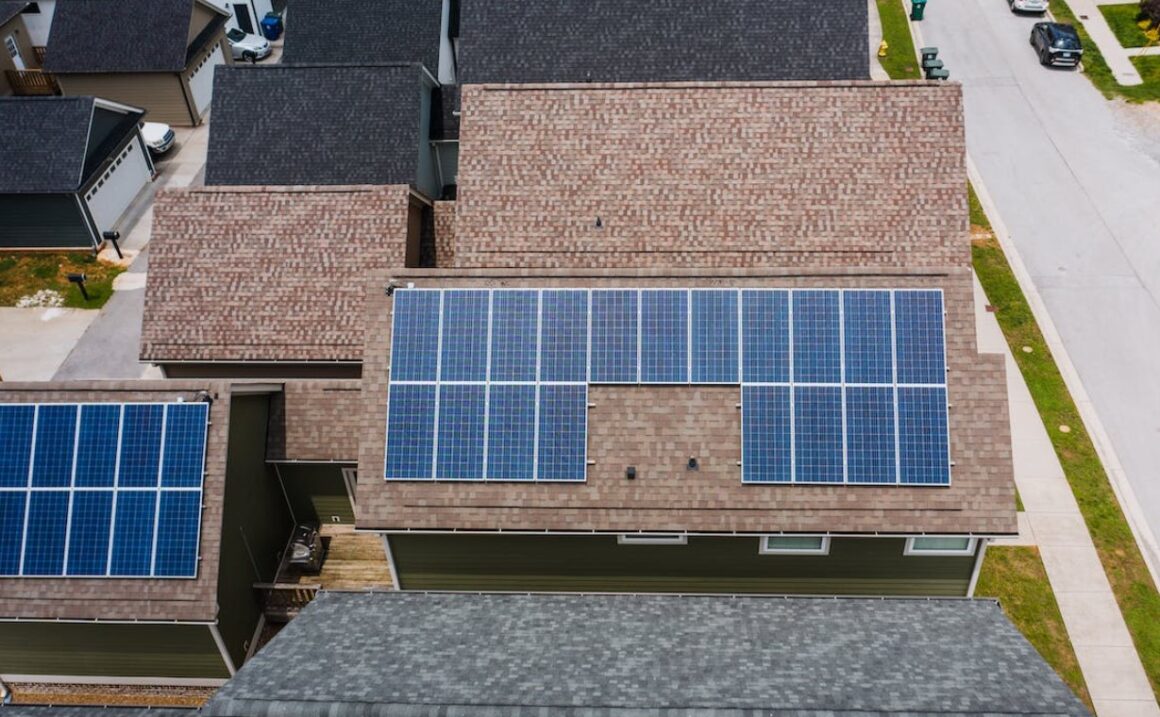
Most roofs already have shingles and tiles. Putting collectors onto a roof requires drilling holes which may compromise the structural integrity of the roof. For example, a tile roof is prone to cracking and breaking. Also, if your roof is flat/sloped, you have to build a frame to hold the panels, which adds extra weight to your roof, thus making it harder to stay intact. In general, if you decide to put solar panels on your roof, make sure that it is suitable for holding heavy loads. If you’re unsure, consult a professional to help you choose the best option.
Are photovoltaic systems safe?
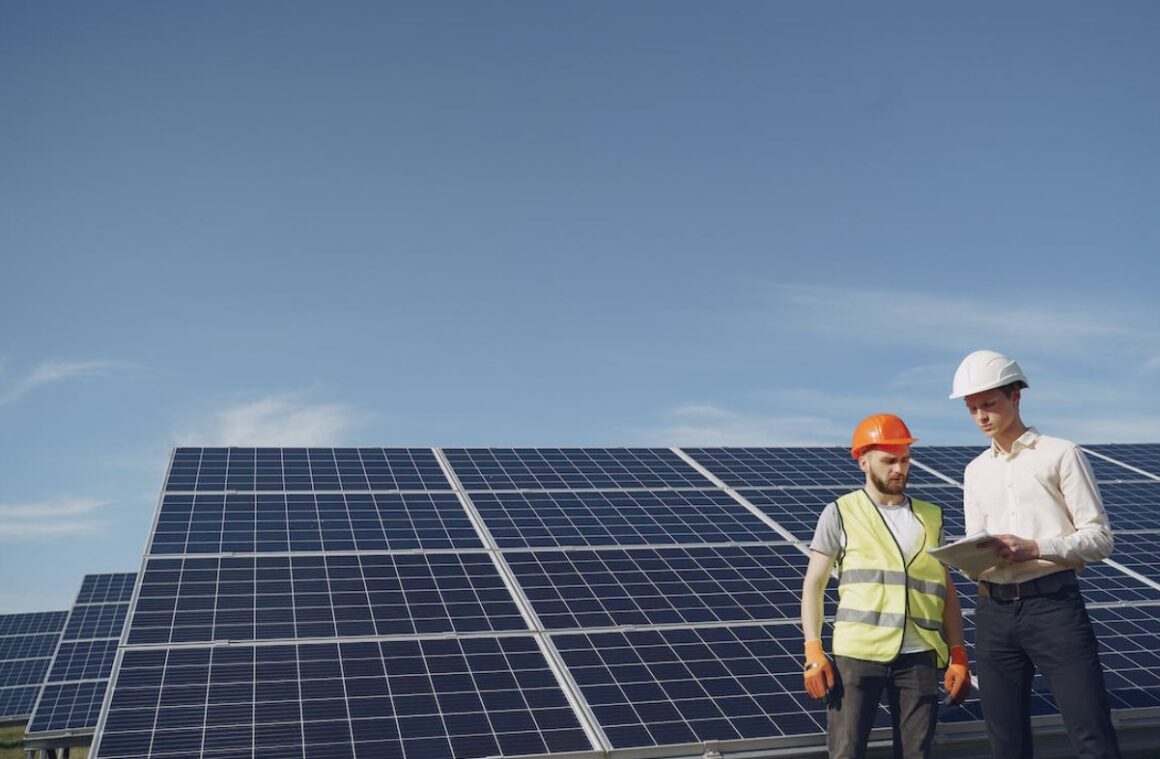
Yes, photovoltaic panels are completely safe. Unlike conventional lighting methods where dangerous substances such as mercury, cadmium, and arsenic are used, they emit absolutely no harmful radiation. Furthermore, solar collectors are made up of harmless materials such as silicon, aluminum, copper, and plastics. In addition, solar panels are manufactured in factories that comply with FDA standards. Just like any other product you use in your home, solar panels are subjected to safety tests including flammability, toxicity, corrosiveness, and so forth.
Solar panels are pretty reliable. They only fail due to physical damage (e.g. falling off a roof) or malfunctioning equipment inside the battery bank. There are two types of failures: Short circuits and open circuits. Both short circuits and open circuit failures cause loss of power. However, in order to experience an open circuit failure, the panels must be connected to the battery bank for a period longer than 24 hours. Solar panel manufacturers recommend annual inspections to check for damages. Most companies carry a warranty of 5-10 years. As long as you keep tabs on the maintenance schedule and follow the manufacturer’s instructions, your collectors should provide reliable service for a very long time.
In conclusion, solar energy is one of the most promising sources of renewable energy. The technology behind solar panels has improved significantly over the past few decades. Despite this, there are still some drawbacks associated with using them. One major drawback is their initial cost. Depending on how much electricity you use each month, installing this kind of system could end up costing more than traditional forms of energy production. Another disadvantage is the limited availability of land space. Solar modules work by converting light into electricity, but they cannot produce enough energy to meet 100% of our needs. This means that we will always need non-renewable forms of energy to supplement what we generate from solar systems.
